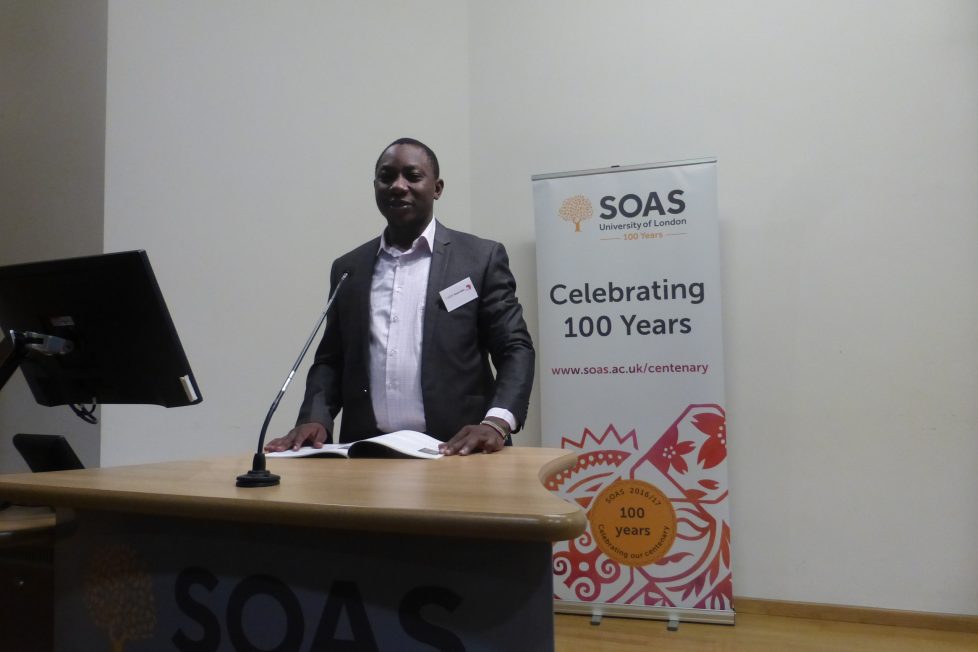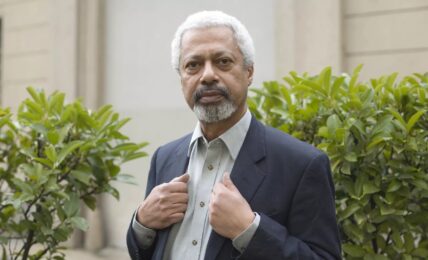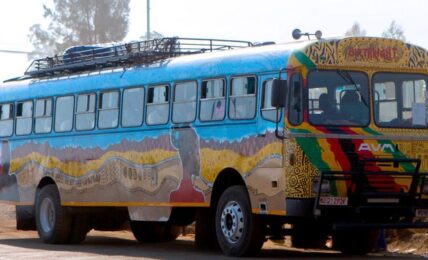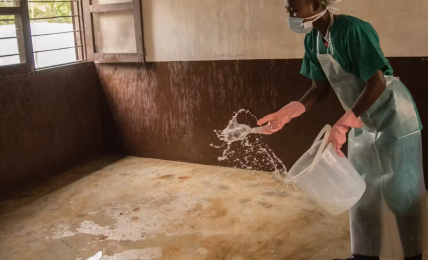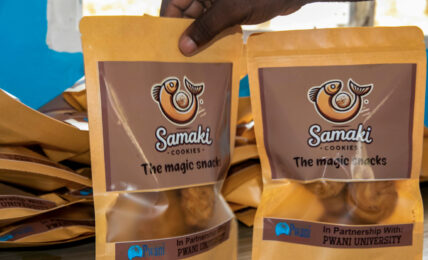Possibilities for Literary Translations in the Digital Age
The paper was presented at the “SOAS African Literatures Conference – 55 Years After the First Makerere African Writers Conference” by Richard Oduor Oduky. The conference was organized as a memorial event and took place on 28 October 2017, at the University of London's School of Oriental and African Studies (SOAS), with a keynote speech by Wole Soyinka
